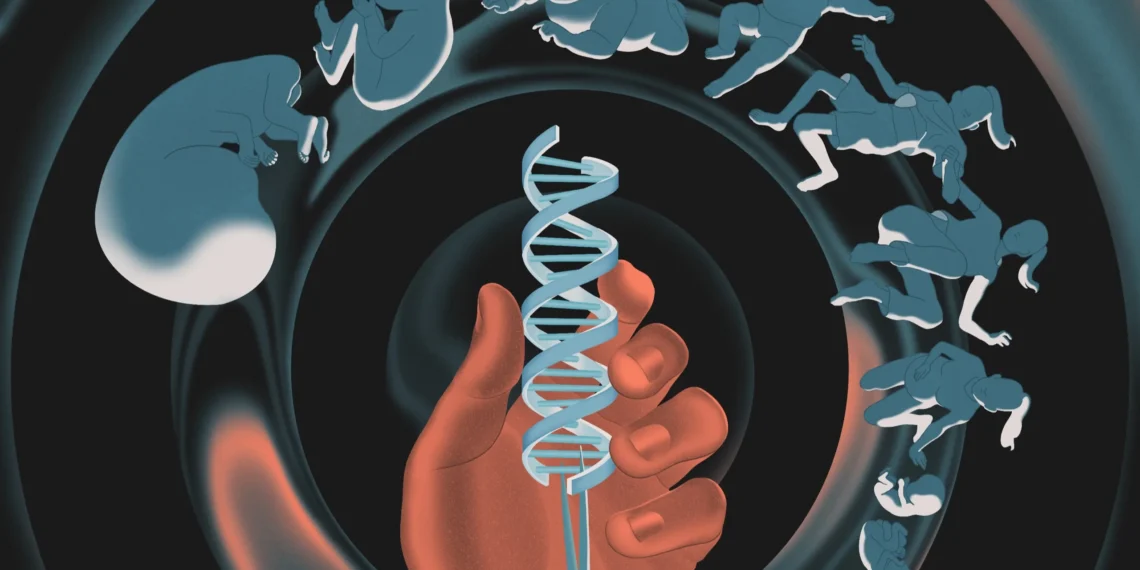Gene editing has emerged as a groundbreaking medical advancement, offering a revolutionary approach to treating and potentially curing genetic disorders. This cutting-edge technology allows scientists to modify DNA sequences within cells, paving the way for new treatments for conditions like sickle cell anemia, hemophilia, and even certain types of cancer. With its precision and potential for long-lasting effects, gene editing is reshaping the future of medicine.
At the core of this innovation is the CRISPR-Cas9 technique, a powerful tool that enables targeted genetic modifications. CRISPR-Cas9 functions like molecular scissors, guided by RNA to locate specific sequences in the DNA. Once identified, the Cas9 enzyme cuts the DNA strand, allowing scientists to correct genetic mutations or deactivate harmful genes. This level of precision makes gene editing a promising alternative to traditional therapies, which often focus on symptom management rather than addressing the root cause of diseases.
Gene editing is being explored for a variety of medical applications. In sickle cell disease, a condition caused by abnormal hemoglobin that leads to misshapen red blood cells, scientists are working on modifying the faulty gene responsible for the disorder. Clinical trials have already shown promising results, with patients experiencing fewer complications and improved quality of life. Similarly, inherited eye disorders that cause blindness may soon be treatable through gene editing, offering hope to those with genetic vision impairments.
Researchers are also investigating how gene editing could be used to combat HIV by targeting the virus’s genetic material, potentially leading to a functional cure. Other conditions, such as transthyretin amyloidosis, multiple myeloma, and cystic fibrosis, are also being studied for potential genetic interventions.
Despite its incredible potential, gene editing is not without risks. One of the primary concerns is off-target effects, where unintended genetic modifications may occur, leading to unforeseen consequences. Additionally, ethical debates surrounding the alteration of human DNA, particularly in germline cells that could be passed onto future generations, remain a topic of discussion among scientists and policymakers. The long-term safety and impact of gene editing are still being evaluated through ongoing research and clinical trials.
While gene editing therapy is still in its early stages, its potential to transform medicine is undeniable. With continued advancements, this technology could provide life-changing treatments for previously incurable diseases, marking a new era in medical innovation. As research progresses, the world watches with anticipation, hopeful that gene editing will unlock new possibilities for millions of patients worldwide.







